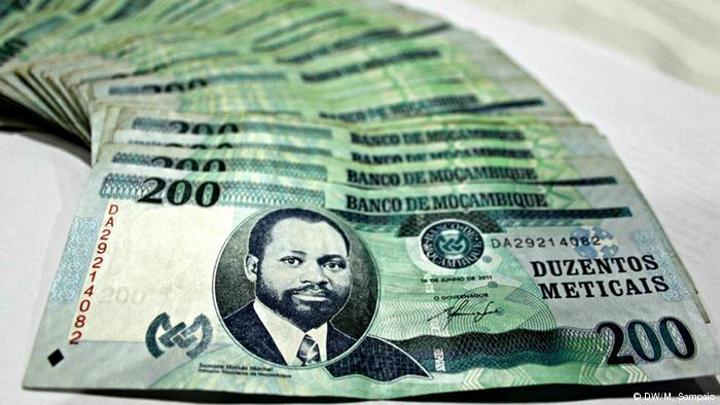Africa-Press – Mozambique. The accumulated debts of the Mozambican State Business Sector (SEE) fell 1.5% in the second quarter, compared to the previous one, to 40.8 billion meticais.
The Ministry of Economy and Finance (MEF) reports that the accumulated value (‘stock’) of the debt of almost two dozen Mozambican public companies and those with state participation fell in absolute terms by 646 million meticais from March 31st to June 30th.
“This variation results both from the stagnation of the stock of external direct debit, and from the slowdown seen in the stock of internal direct debt by 2.75%,” the MEF report reveals, adding that there was also “compliance with the debt service” and the “adoption of the measure of contracting new financing only when they prove to be essential”.
The report also points out that the total stock of public and guaranteed debt at the end of the second quarter of 2023 grew, in absolute terms, by US$313.91 million to almost US$15.7 billion at the end of June.
Given this scenario, the Mozambican government previously identified natural disasters, public debt above sustainability limits, inflation and the performance of the SEE, namely three companies, as the main fiscal risks in 2024.
Meanwhile, the Fiscal Risk Report (RRF), produced by the Risk Management department of the Ministry of Finance and reported last September by Lusa, states that the public debt ratio, including contingent liabilities, fell by 109% of gross domestic product (GDP) in 2021 to 82% in 2022, representing a reduction of 26.8 percentage points. This document presents the main sources of fiscal risks and mitigation measures, “in a way that reduces the exposure of public finances to unexpected events”.
Even so, the report points out that “the country continues to present debt ratios above the sustainability thresholds recommended for low-income countries”.
However, exposure of the SEE is another of the risks identified for 2024 by the RRF, which highlights that this risk “improved considerably” in 2022, reflected in the reduction of the debt stock from 22% of GDP in 2021 to 4% of GDP.
The RRF also warns that the airline LAM, the oil distributor Petromoc and the telecommunications operator Tmcel “continue to deserve greater attention from the state, due to their fragile financial situation”.
Additionally, the RRF identified other risks that were not classified as high, but that “may eventually impact public finances” next year, namely economic growth, the performance of the financial sector, the payment of pensions and the results of public-private partnerships.
“It is expected that in the medium term the economy will continue to perform well, with an average economic growth of 5.4%. However, risks and uncertainties prevail, which could result in an underestimation of revenues of an average of 0.9% of GDP,” the RRF concludes.
For More News And Analysis About Mozambique Follow Africa-Press






